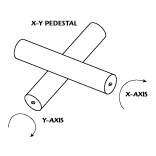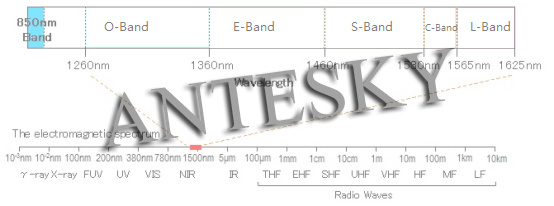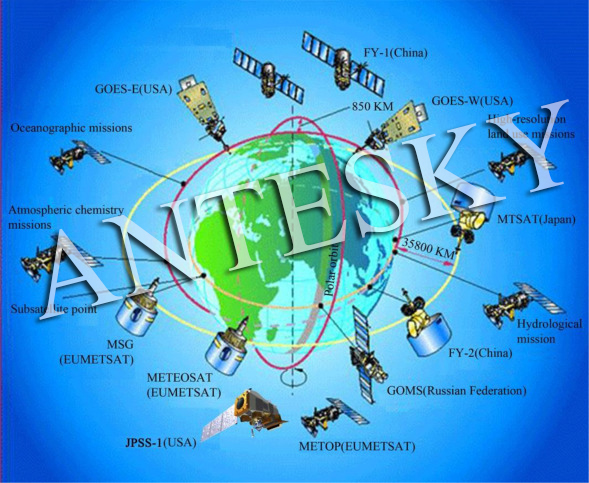Introduction and Difference for Ka-band, Ku-band and L-band for LEO Tracking
The frequency band used for LEO tracking is various including Ka-band, Ku-band, L-band etc. The terms L-band, Ku and Ka satellites are universal quite freely. While do you really have an idea that what are they mean and the differences between them? The band in use is the radio frequencies used to and from the satellite: L-band frequencies in the 1…







